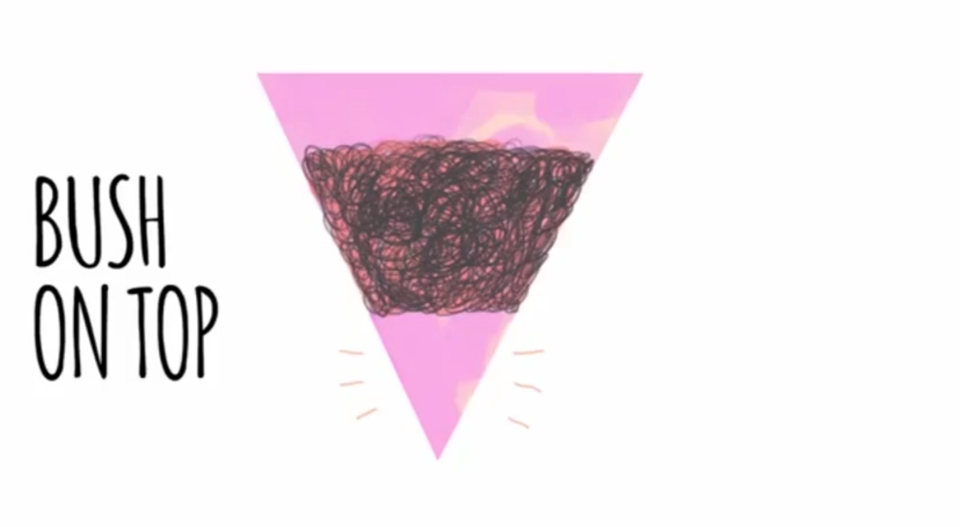Pubic hair removal is becoming an increasingly popular practice, but is bald and beautiful really the way to go?
Why do we have pubic hair?
Researchers have suggested that pubic hair acts as a way to tell potential sexual partners that a person is ready to mate.
The hair itself also acts as protection to prevent friction during intercourse.
So should we shave it all off?
It's not uncommon for people to shave their pubic hair.
A study of more than 1,000 students in America found that 96% of females and 87% of males had either partially or completely removed pubic hair within the past month.
One benefit of shaving pubic hair is that the incidence of pubic lice has decreased, say researchers.
However pubic hair removal can also have some pretty negative repercussions.
Firstly, because pubic hair is coarse, the regrowth after shaving it off can aggravate the skin.
Three quarters (75%) of people who shaved their pubic hair experienced genital itching afterwards, according to ASAP Science. Meanwhile 40% experienced a rash around their genitals.
Shaving pubic hair can also cause ingrown hairs, which look like red and inflamed bumps. These can sometimes become infected and turn into painful pus-filled sores.
Another downside is that hair removal methods such as waxing can cause microscopic abrasion on the skin and can even increase the risk of catching an STD.
It has been suggested that pubic hair removal correlates directly with the rise of gonorrhoea, chlamydia and HPV infections.
